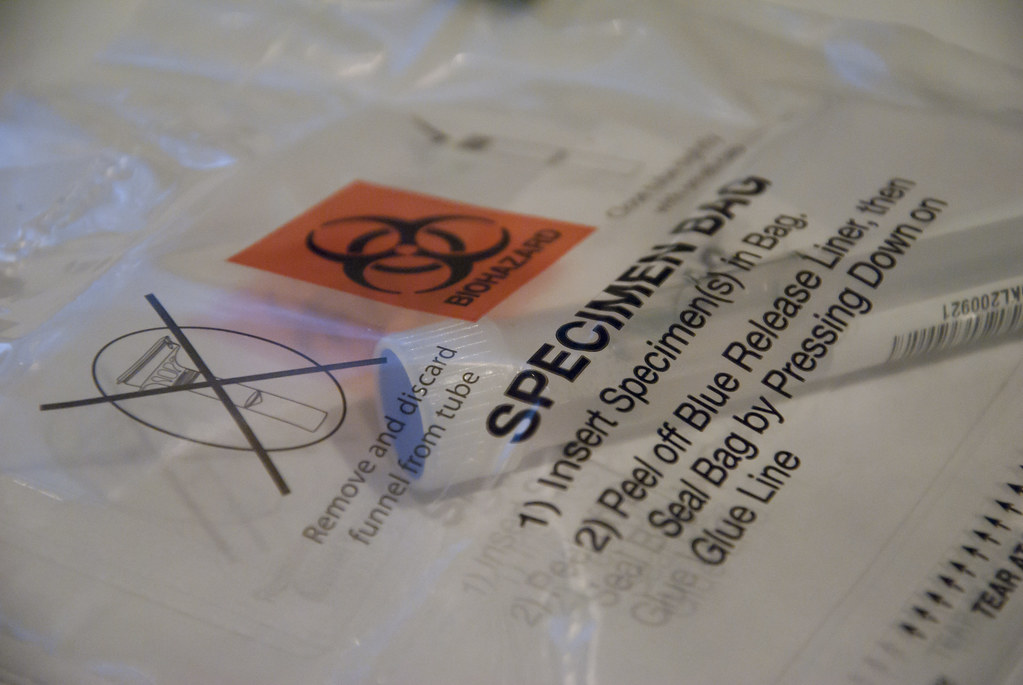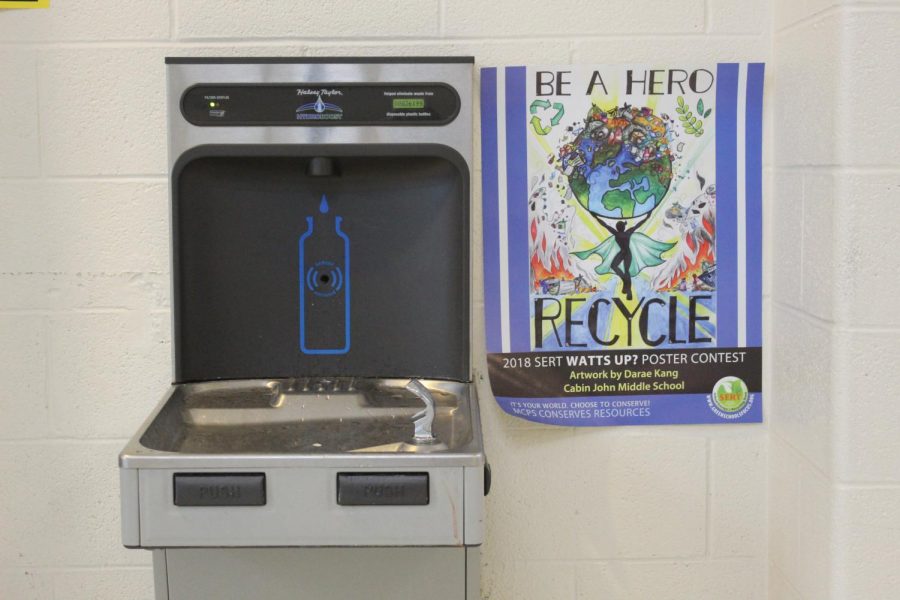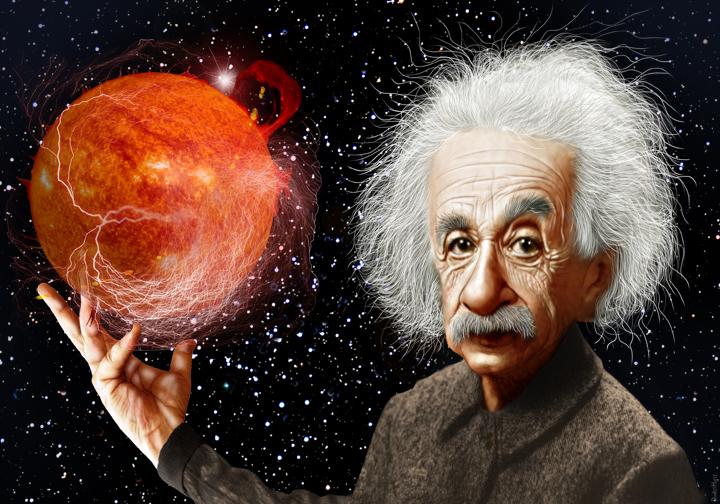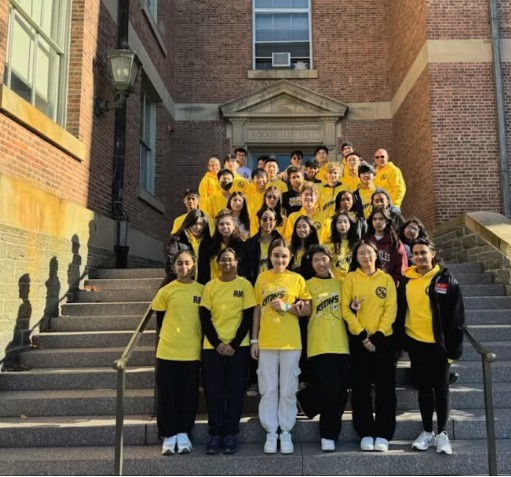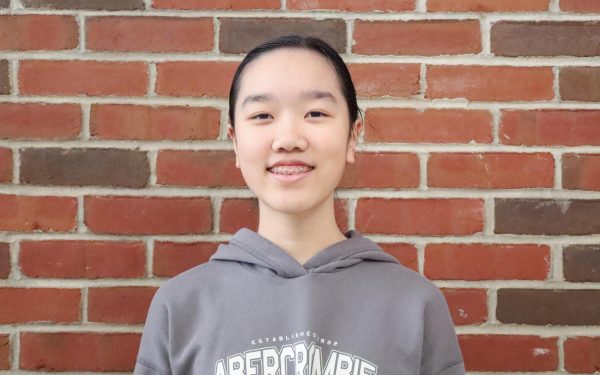This February, boutiques and flower shops reached peak business as secret letters, chocolate boxes, bouquets and gifts of all kinds fly about in true Valentine’s fashion. But one unexpectedly romantic delivery has been rocks.
In the many upcoming months, when the weather warms and cools in the northern hemisphere and spring arrives down south, penguin mating season begins. And in Antarctica, this is serious business for the gentoo, adélie and chinstrap penguins. While other penguin species find different mates every year, these three are the most faithful — gentoos re-pairing with their previous mates 90 percent of the time, adélie re-pairing in 62 percent of possible cases and chinstraps re-pairing in 82 percent — so finding the perfect rock is crucial.
Anytime from June to December, adult gentoos away from their breeding grounds return to the shallow coastal areas across Antarctica. Most seek out their partners quickly, and can reconnect within minutes. This fidelity is accounted for by the limited mobility and stationary nature of gentoo breeding grounds; many gentoos live on breeding grounds even outside mating season, allowing gentoo couples to keep close relationships with one another throughout the year.
In a minority of cases, gentoos ‘divorce’ their old mates for new ones, the most common reason being a failure to procreate the previous year, followed by mistiming, where one mate may return to the grounds at a different time than the other, or the possibility that one gentoo of the two failed to return at all.
Young newcomers however, embark on a starter mission of their own as they search for their first mates. A male first-timer, about one to two years old, will begin hunting for the perfect stone, generally the most round or polished within a bunch. This token of love will then be used to woo potential mates. If a female takes a liking to the male, she will return the gesture with a stone of her own. This exchange goes back and forth until the pair has constructed a small stone fortress of said stones and other debris, a protective nest.
“I wouldn’t have thought for penguins to be capable of enough social behaviors or social understanding to actually gift things to each other. I think it’s really cute…it’s strangely similar to humans,” freshman Leila McCabe said.
After breeding, the female gentoo will lay two eggs to ensure that at least one survives the harsh climate and conditions. Then, both parents will take turn incubating the eggs for over a month until they hatch, and will continue caring for the chicks for another month until they have grown enough to form crèches, or nursery huddles, with other chicks for warmth and protection as they learn and grow out their feathers to survive.
Adélie and chinstrap penguins follow similar methods of mating, incubating, and caring for their young, though they each have their respective quirks.
“It’s not that you’re like the strongest or you’re going to be the fastest, it just means that whatever the environment is that you have something inside of you that makes you be able to survive better than your counterparts and then be able to survive and then reproduce. So you’re able to out-compete. And because you’re able to out-compete and survive, you are more likely to reproduce and then continue your traits that were favorable to your offspring,” biology teacher Bessy Albaugh said.
Whereas many gentoo remain on breeding grounds throughout the year, adélie penguins have a slightly different approach running up to mating season. In an impressive migration cycle, they trek 8,100 miles to 10,9000 miles each year from their winter feeding grounds to their mating lands for the warmer months. Here, they gather in enormous groups, some with over a quarter of a million pairs.
Male adélie bear the sole responsibility for building the rocky nest. Sometimes, if their nest seems lacking, they will steal rocks from nearby nests to build up their own, a neighborly thievery which can incite squabbles between mates. After all, the biggest and best nests attract females.
Before adélie chicks are able to hunt on their own, the crèches of adélies fend from predators as they wait for the parents to return with krill, their primary food source. With little access to fresh water however, adélies have adapted a unique ability to regulate the salinity of the krill they bring back to their young. First removing potassium and sodium ions from the food in their stomachs before feeding, they effectively eliminate any unnecessary salts before they regurgitate the food for their chicks.
While various penguin species have been documented with specialized salt glands to desalinate any ingested water, they, like the chinstrap, have received considerably less documentation when it comes to specifically desalinating food in relation to chick feeding. Nonetheless, chinstraps have been found with a rather peculiar trait of their own when it comes to penguin parenting.
During the incubation period, these penguin parents follow the general routine of alternating roles periodically, one leaving to hunt while the other guards the egg. This means that one of the mates may be forced to remain protecting the egg for days at a time without eating and, in many cases, without fully sleeping. Thus, chinstraps take “microsleeps” instead, napping four seconds at a time, over 10,000 times a day. This maintained state of sub-awareness reduces the possibility of predators snatching up the chinstrap’s eggs while also defending the nest site from intruding penguins, all while addressing the need to sleep — multitasking at its finest.
Although the penguin parenting cycle may seem romantic, the adaptations of these three species are matters of life and death, essential to the survival of the species as a whole as they endure the withering Antarctic.
If you would like to voice your opinion on an issue you feel is relevant to our community, please do so here. Anyone is able and welcome to submit a Letter to the Editor, regardless of journalistic experience or writing skills. Submissions may be published either online or in a print issue.



